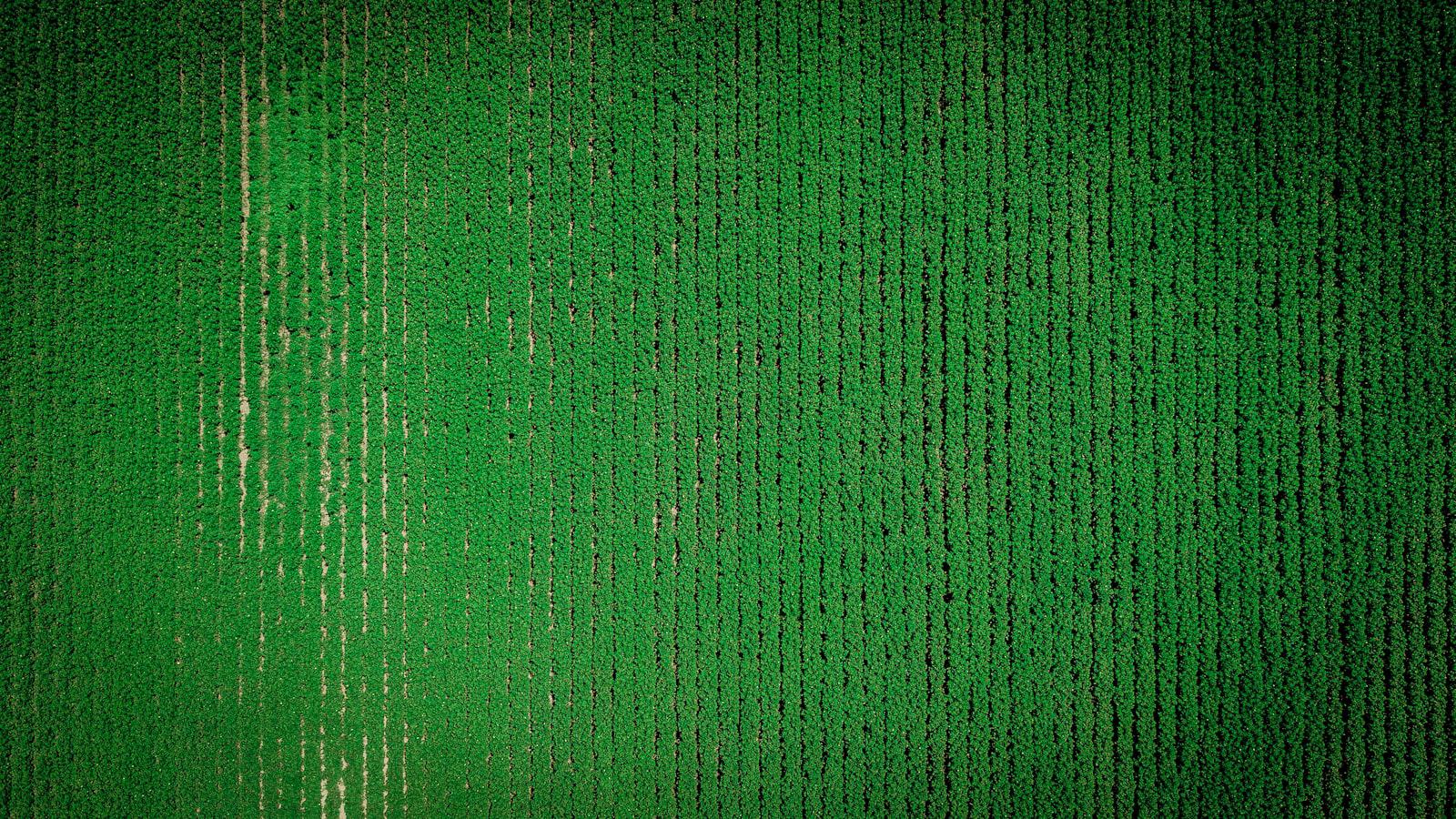The intricacies of the greens have been a continuous source of fascination for golf enthusiasts and a defining challenge for aspiring masters. This article delves into the multifaceted world of putting, unveiling the intricate techniques and strategic acumen employed by golf’s most illustrious figures. Through meticulous research and expert analysis, it aims to shed light on the skills and strategies that set these masters apart, providing aspiring golfers with invaluable insights for conquering the greens and elevating their game to the next level.
* The Art of Reading Greens: Deciphering Slope, Grain, and Flag Position
Deciphering the Secrets of Greens: A Journey into the Minds of Golf Masters
Unveiling the intricacies of putting greens is an art form that separates the masters from the mortals. Mastering the art of reading greens entails deciphering subtle nuances such as slope, grain, and flag position. Each green is a unique tapestry, a masterpiece woven with challenging patterns that test the skills of even the most seasoned golfers. By cultivating the ability to accurately interpret these intricate contours, golfers armed with knowledge transform themselves into skilled navigators of the putting surface.
Unveiling the Secrets of Slope: A Quest for Elevation
Slope exerts a profound influence on the trajectory of a putt, dictating its speed and direction. Understanding the subtle variations in elevation requires a discerning eye and a keen awareness of the green’s contours. Visual cues such as subtle breaks, ridges, and contours provide valuable clues. By adeptly adapting the force and angle of the stroke, golfers can maneuver the ball with precision, guiding it towards the hole, overcoming the challenges posed by slope, and bringing the putt to a successful conclusion.
Navigating the Grain: A Dance with Nature’s Patterns
The grain of the green, like the intricate tapestry of a fine carpet, presents a subtle yet significant force that can significantly alter the ball’s path. Grain refers to the natural growth pattern of the grass, creating microscopic channels that influence the ball’s movement. By understanding the direction of the grain, golfers can adjust their aim and stroke accordingly, ensuring the ball rolls smoothly towards the hole. Embracing the grain’s influence transforms putting into a delicate dance, a harmonious partnership between golfer and green, where precision triumphs over unpredictability.
* Decoding Green Speed: Adjusting Stroke and Tempo for Optimal Results
Decoding Green Speed: Adjusting Stroke and Tempo for Optimal Results
Understanding green speed is crucial for successful putting. Stroke length, tempo, and rhythm directly impact the distance and accuracy of your shots. To master green speed, consider the following principles:
- Stroke Length: The green’s speed determines the ideal stroke length. Faster greens require shorter strokes to avoid overshooting, while slower greens may need longer strokes to reach the hole. Adjust your backswing and follow-through accordingly.
- Tempo: Tempo refers to the speed and rhythm of your stroke. A faster tempo suits faster greens, as it helps the ball reach the hole quicker. Conversely, a slower tempo provides more control and accuracy on slower greens.
- Rhythm: Rhythm is equally important. An inconsistent rhythm will result in unpredictable ball rolls. Maintain a smooth and consistent rhythm throughout your stroke, paying attention to the tempo and duration of your backswing, downswing, and follow-through.
Additional Tips:
- Practice on Different Greens: Familiarize yourself with putting on greens of various speeds to develop a feel for the necessary adjustments.
- Use the Pendulum Drill: This drill involves swinging a clubhead back and forth like a pendulum, mimicking the rhythm of a putting stroke. It helps stabilize your tempo and improve stroke length consistency.
- Visualize the Line and Speed: Before putting, clearly visualize the line and pace you want the ball to roll. This mental imagery can enhance focus and improve accuracy.
* Mastering the Short Game: Techniques for Accurate Chipping and Putting
### Mastering the Short Game: Techniques for Accurate Chipping and Putting
Conquering the greens demands proficiency in the short game, where precision and finesse reign supreme. Chipping, the art of delicately approaching the hole from short distances, requires a precise technique and acute distance control. Mastering the short game necessitates a comprehensive understanding of its techniques and strategies. Most golf greats have carved their legacy on the greens, where their dominance is a testament to the meticulous refinement of their short game.
Chipping is a multifaceted skill, requiring a clear understanding of how different club selections influence trajectory and distance. The choice of club depends on factors such as ball lie, distance to the hole, and green conditions. A well-executed chip shot employs a smooth, rhythmic swing that imparts just enough force to send the ball soaring over obstacles and landing softly on the putting surface. Achieving consistency in chipping demands dedicated practice and the development of a repeatable pre-shot routine that ensures proper stance, ball position, and swing mechanics.
Putting, the essence of the short game, is the ultimate test of a golfer’s touch and accuracy. The ability to consistently sink putts from various distances is a hallmark of championship-caliber players. Cultivating proficient putting skills involves mastering the correct stance, grip, and stroke technique. Effective putting necessitates a stable, balanced stance that facilitates a smooth and controlled swing path. The grip, a vital component in maintaining a consistent stroke, should be firm yet not excessively tight. Understanding the break and contour of the greens is essential as it dictates the necessary aim and force required to guide the ball along the intended path.
* Advanced Putt Strategy: Employing Break Analysis and Borrowing Lines
## Advanced Putt Strategy: Employing Break Analysis and Borrowing Lines
Mastering the often-overlooked art of putting requires a refined understanding of break analysis and borrowing lines. Expert golfers meticulously examine the contours of the green, identifying subtleties that may influence the trajectory of their putt. By analyzing the slope and grain of the grass, they strategize on how to adjust their aim and account for any deflection.
Borrowing lines involves temporarily using a different target line to achieve the desired outcome. This technique is commonly employed when a putt is situated on a breaking slope. By aiming slightly uphill or downhill relative to the hole, the golfer manipulates the natural contours of the green to induce break and compensate for the initial error.
The precision of break analysis and borrowing lines demands a keen eye and meticulous attention to detail. Visual cues such as tee marks, water hazards, and subtle changes in grass texture can offer valuable insights into the slope of the green. Utilizing a laser putting tool or grip alignment aids can further enhance the accuracy of aiming and execution, empowering golfers with enhanced putting proficiency.
* Course Management on the Greens: Effective Strategies for Success
### Course Management on the Greens: Effective Strategies for Success
Effective course management on the greens requires a combination of precision and strategy. Golf masters have mastered the art of reading greens to anticipate the direction and speed of their putts. They pay attention to the subtle slopes and undulations that can influence the ball’s trajectory. By accurately reading the greens, they can identify the ideal line and slope to maximize their chances of holing the putt.
Golf masters also leverage their understanding of the green’s texture and firmness to control the speed and spin of their putts. They adjust their stroke accordingly to achieve the desired roll and ensure that the ball stops close to the hole. Mastering the art of green reading and speed control allows golfers to consistently execute high-quality putts, resulting in lower scores and improved performance on the course.
To further enhance their course management on the greens, golf masters utilize key strategies. They consider factors such as the distance to the hole, the location of hazards, and the position of the pin. By carefully analyzing the situation, they make informed decisions about club selection and shot placement. They also employ techniques such as lagging putts, which are long, controlled putts that aim to leave the ball close to the hole for an easier second putt. Through these strategic approaches, golf masters optimize their performance on the greens, reducing the number of strokes required to complete the hole and elevating their overall gameplay.
In conclusion, mastering the greens in golf is a multifaceted endeavor that requires a deep understanding of the game’s mechanics and a nuanced grasp of distance, slope, and wind. While natural aptitude can provide a foundation, it is through dedicated practice, keen observation, and strategic thinking that golfers ascend to the status of masters on the greens. By refining their technique, studying the course, and adapting to each situation, players can cultivate a refined ability to roll the ball into the cup with precision and consistency. As they continue to hone their skills and deepen their knowledge, they can elevate their game to new heights, embodying the artistry and finesse that define the true masters of the greens.





